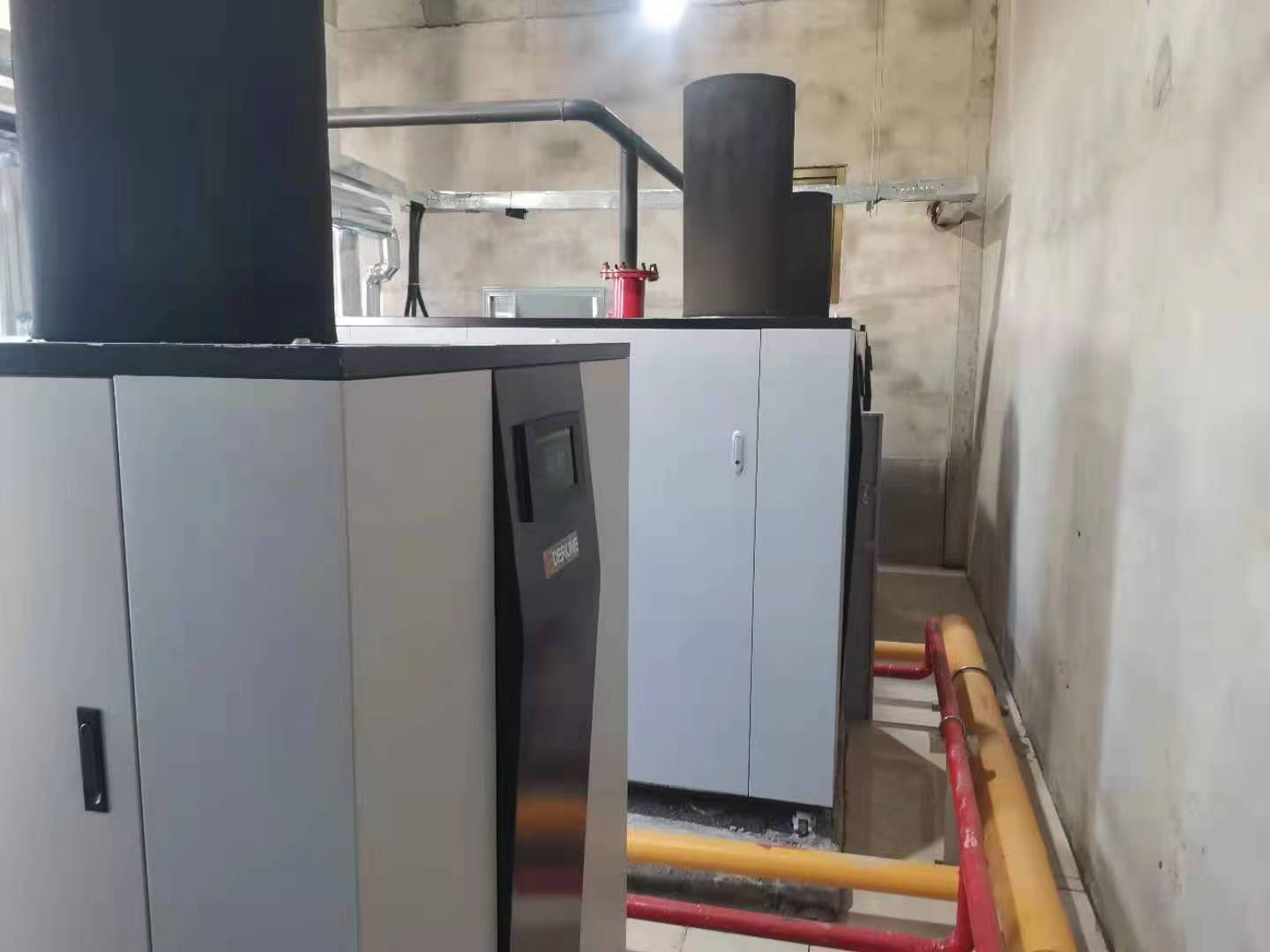Сен . 13, 2024 09:15 Back to list
cast aluminum part
Understanding Cast Aluminum Parts A Comprehensive Overview
Cast aluminum parts have become increasingly popular across various industries due to their lightweight properties, excellent machinability, and resistance to corrosion. The casting process, which involves pouring molten aluminum into a mold to create specific shapes, allows manufacturers to produce complex geometries and intricate designs that are not feasible with other manufacturing methods.
One of the most significant advantages of cast aluminum parts is their weight-to-strength ratio. Aluminum, being significantly lighter than other metals like steel, helps reduce overall weight in applications, making these parts ideal for automotive and aerospace industries where every ounce matters. This reduction in weight can enhance fuel efficiency and overall performance, translating to cost savings and environmental benefits.
Additionally, cast aluminum parts exhibit excellent thermal conductivity, making them suitable for applications that require effective heat dissipation, such as engine components and heat exchangers
. Their resistance to oxidation and corrosion makes them even more appealing, allowing them to withstand harsh environments and extend the lifespan of the component.The process of casting aluminum can be categorized into various methods, including sand casting, die casting, and investment casting. Among these, sand casting is one of the most widely used techniques, particularly for producing large parts. In sand casting, a mold is created using sand, and molten aluminum is poured into the mold to form the desired shape. This method is highly versatile and cost-effective, especially for low to medium production runs.
cast aluminum part

Die casting, on the other hand, is characterized by forcing molten aluminum into a mold under high pressure. This method is particularly suitable for high-volume production, as it offers superior dimensional accuracy and surface finish. Investment casting provides fine detail and excellent tolerances, making it ideal for producing intricate components, although it can be more expensive than the other methods.
When discussing cast aluminum parts, it is essential to consider their applications. These parts find usage in various sectors, including automotive components like engine blocks, transmission cases, and wheels. In the aerospace industry, cast aluminum is utilized in airframes and engine components due to its lightweight and durability. Moreover, consumer goods manufacturers also rely on cast aluminum for products like cookware and furniture, showcasing the material's versatility.
However, while cast aluminum parts offer numerous benefits, manufacturers must also be mindful of potential challenges. Issues such as porosity and the formation of inclusions can occur during the casting process, affecting the integrity of the final product. Therefore, proper quality control measures and testing are essential to ensure that cast aluminum parts meet the required specifications and standards.
In conclusion, cast aluminum parts play a vital role in modern manufacturing, providing an excellent balance of weight, strength, and versatility. As industries continue to evolve, the demand for lightweight and durable materials will drive innovation in casting techniques and applications, solidifying aluminum’s position as a preferred material in numerous fields. Whether it’s in automotive, aerospace, or consumer goods, the future of cast aluminum parts looks bright, paving the way for further advancements and broader applications.
-
Centrifugally Cast Iron Water Main Pipe for Reliable Mains
NewsAug.22,2025
-
Durable Centrifugally Cast Iron Water Main Pipe
NewsAug.11,2025
-
Centrifugally Cast Iron Water Main Pipes for Reliability
NewsAug.10,2025
-
High-Quality Centrifugally Cast Iron Water Main Pipes
NewsAug.09,2025
-
Durable Cast Iron Water Main Pipe & Drainage Solutions
NewsAug.08,2025
-
Buy Cast Iron Pipe: Premium Ductile Iron & Drain Solutions
NewsAug.07,2025


